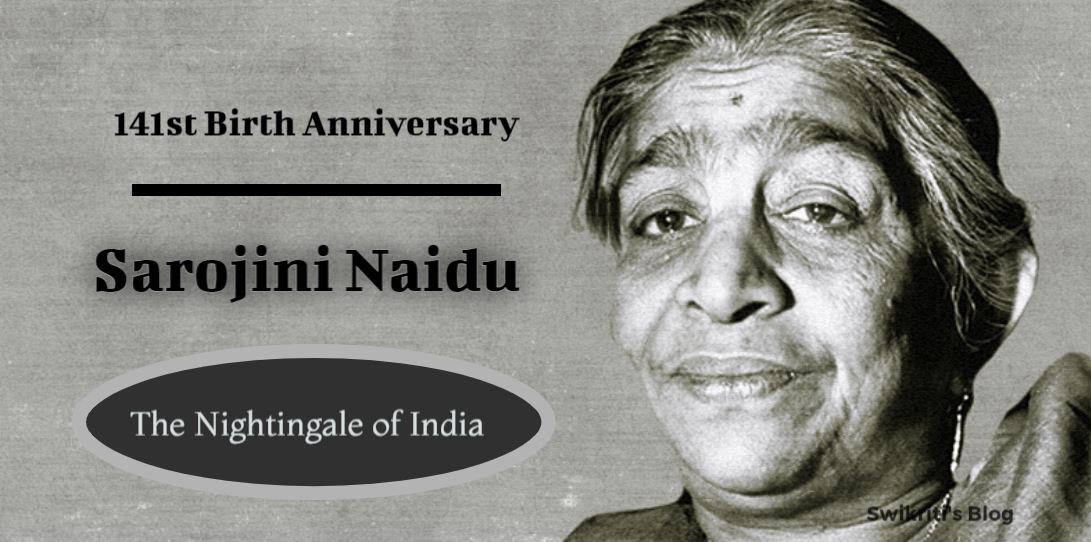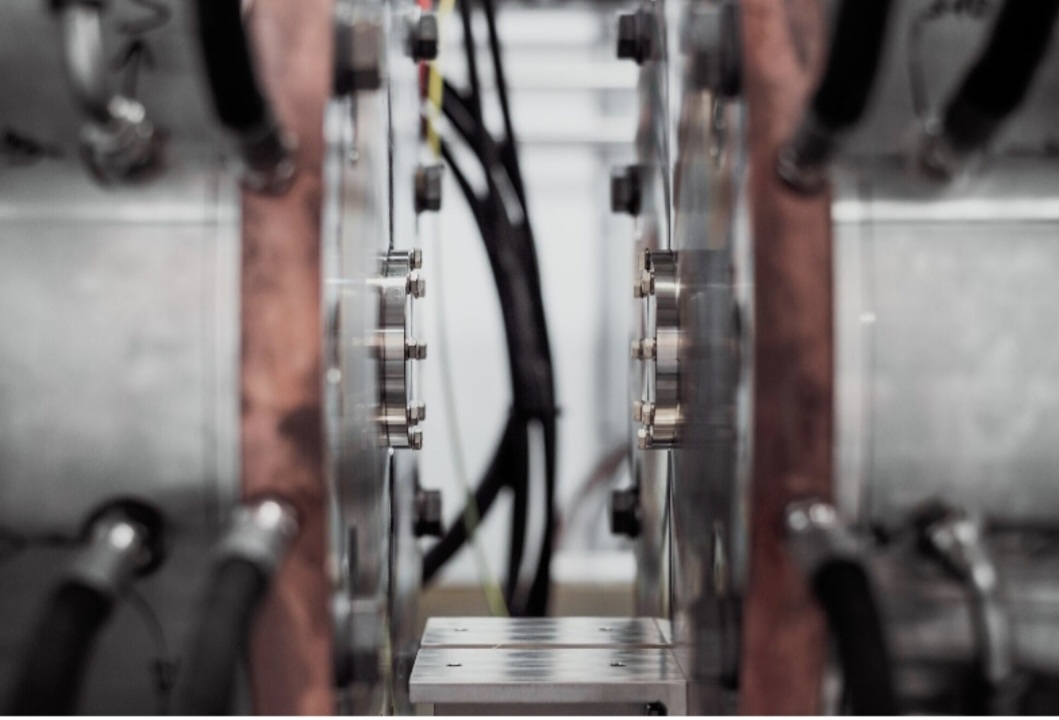When you’re in the business of urban planning, your goal is to lead the community’s urban development while looking into the welfare of the people and the environment. Thorough planning is essential in creating a healthy, convenient, and efficient location to work and stay. An experienced urban planner will consider an eco-friendly and sustainable method that minimizes the risk of calamities and fosters longevity. With the emerging trends of big-box redevelopment, experiential commerce, and cohabitation, innovative approaches that cater to broader design elements are essential.
Roles of urban planners
Becoming an urban planner is just like any other job that will require a bachelor’s degree with a significant amount of related experience in public policy, planning, and other relevant endeavors. These people will work for the community to prioritize their best interests. However, the job gets challenging when factors like land use, resources, transportation, and economic development get in their way while planning the urban development.
Some of the typical requisites in their plans include creating green areas for the community, assessing vehicular trends, and applying transportation initiatives to meet residents’ needs, implement affordable living arrangements, and plan for new architectural buildings in the community. Thus, an urban planner should be equipped with classroom knowledge and considerable experience in planning and community service activities.
Create progressive design
Whether it is meant for a new community area or extending the neighborhood to an original plan, one will limit themselves to what is only feasible for today. When you plan for a project, it focuses on the future objectives and the society’s goals. Begin to contemplate if the design concept is for the past, present, or future. When you’re steering towards the past and present, you will miss a lot of opportunities. Shift your perspective to a modern and more progressive plan since this will be crucial in shaping the future.
Look at the long-term benefits
Think big rather than looking at snippets of tomorrow, when you’re planning for the future. Generally, in urban planning, the time frame will involve two decades or so to finish a project and consider other elements like income projections and population growth. But remember, these are all forecasts. This results in crafting critical decisions and plans about a particular population rate that, at times, neglect to look into actual growth and the reason for such growth in that specific community. Instead of making a blueprint based on meeting the projections, shift to creating a sustainable design.
Look into all elements involved
In urban development, it should consider major employers like industrial companies, academic institutions, and local government while also factoring the tourism and other relevant businesses. Collaboration between charity organizations, firms, and nonprofit groups must be welcomed. An experienced urban planner should present development opportunities for small-time enterprises while developing innovation among companies and keeping the artistic sectors that provide cultural advantages to the community. The initial steps to this strategy are assessing and studying the environment’s recent condition and making an actionable plan to fulfill all these objectives.
Urban planning can be challenging when looking at it as a client or a community member. There are just several things involved and so many factors to incorporate in a single plan. And these goals must be for the long-term and not just for today. But as you gain experience in every project you handle, your skills in creating a master plan will develop. Consider every plan you make as a major contribution to the society you’re living in right now while also considering that it will also benefit your future kids.
Author: Ester Adams















